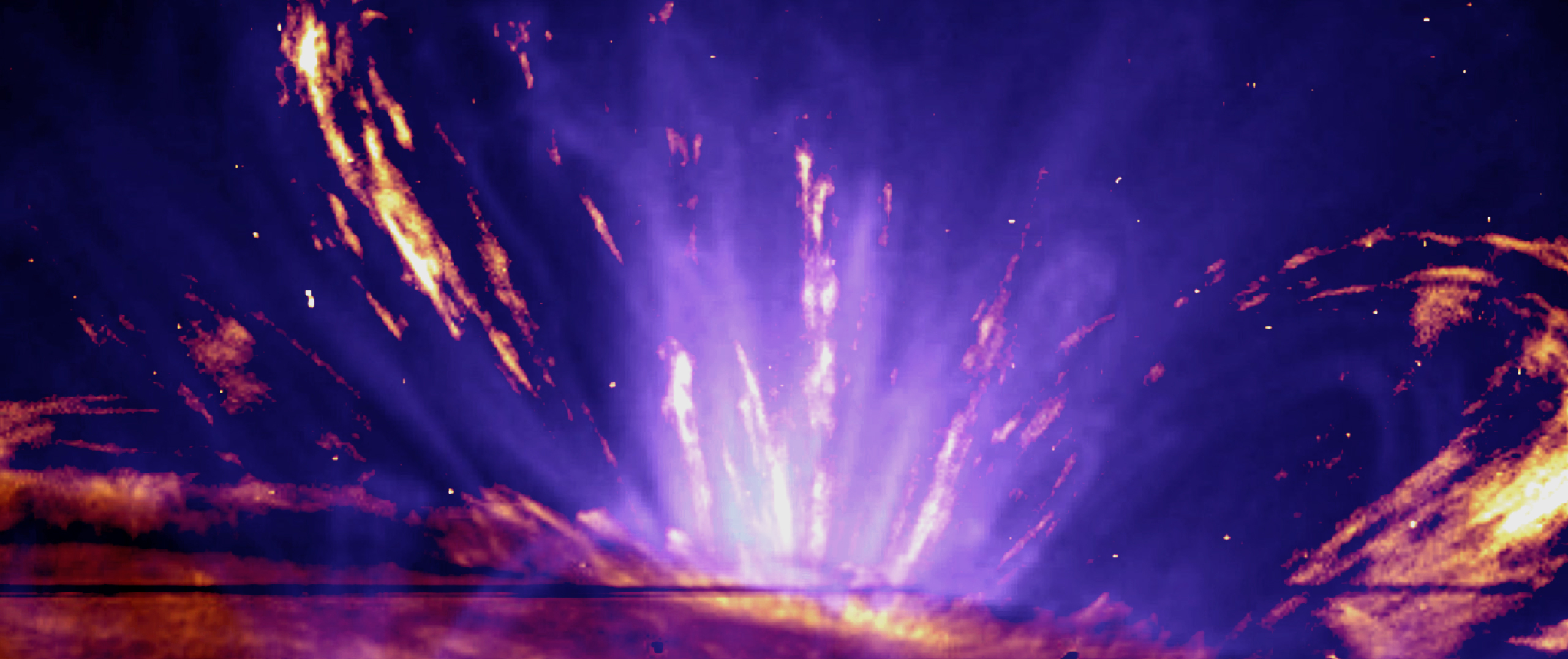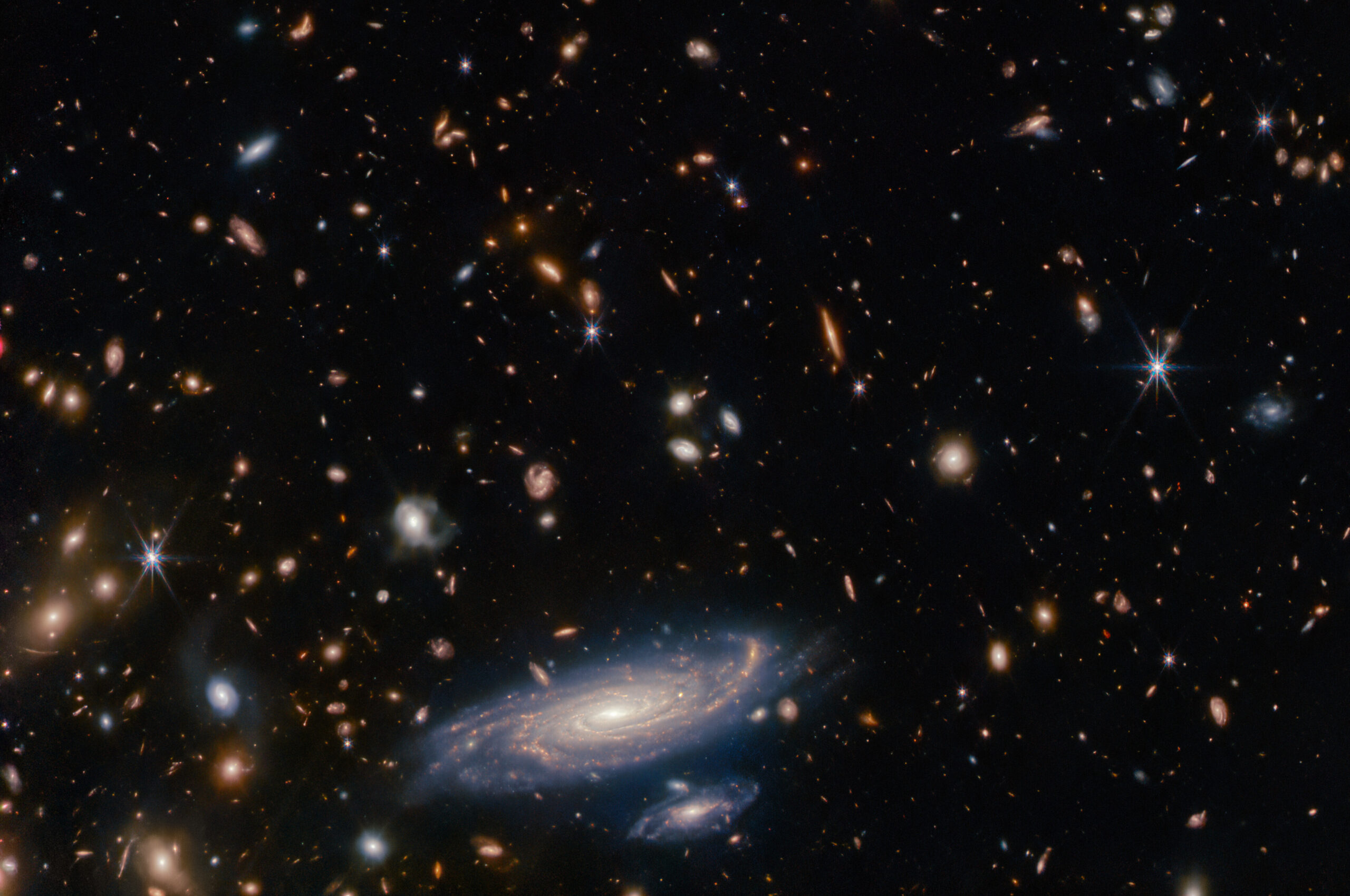The team achieved the first simulation of multiphase plasmas in a stellar atmosphere and a demonstration of how these plasmas feed into the stellar wind to create centrifugal atmospheres in the stars.
These findings show that multiphase plasmas can contribute to stellar mass loss, possibly explaining the open question of how stars spin down as they age (slowdown of their rotation over time). The team also detected long-period intensity pulsations at the sources of solar wind, as backed up by numerical modelling, contributing to the idea that multiphase plasma has an important effect on solar and stellar winds.
The team’s findings go further and suggest that the cause of the deceleration of solar multiphase plasma is plasma accumulation (compression) due to the strong magnetic field, different to the pressure drag (the resistive force experienced by an object moving through a fluid due to the differential pressure in the fluid flow around that object) invoked in the intra-cluster medium.
By measuring the mass and energy of multiphase plasma driven by solar flares, the team also showed that they are as energetic as the elusive hot counterpart resulting from the flaring process. This enables multiphase plasmas to be used as proxy for the mechanics of energy transfer during solar flares.
Additionally, the team developed new methods, named RFit/Deep filter, that unlock the possibility of quantifying multiphase plasma over the solar corona and over a solar cycle.
As a result of this project, the team has published 14 papers, one white paper and an editorial collection on the topic.

The instruments on the left correspond to IRIS/NASA and SDO/AIA/NASA. Those on the right correspond to Chandra telescope VLA array (top panel from Fabian et al. 2003) and WIYN telescope (bottom panel from Conselice et al., 2001). The middle panel corresponds to Daley-Yates & Jardine (2024).



